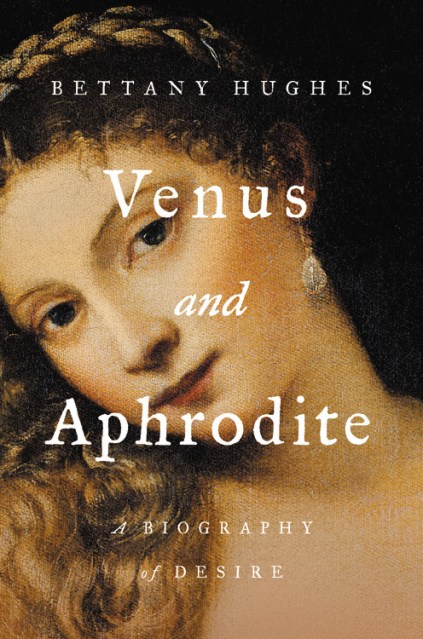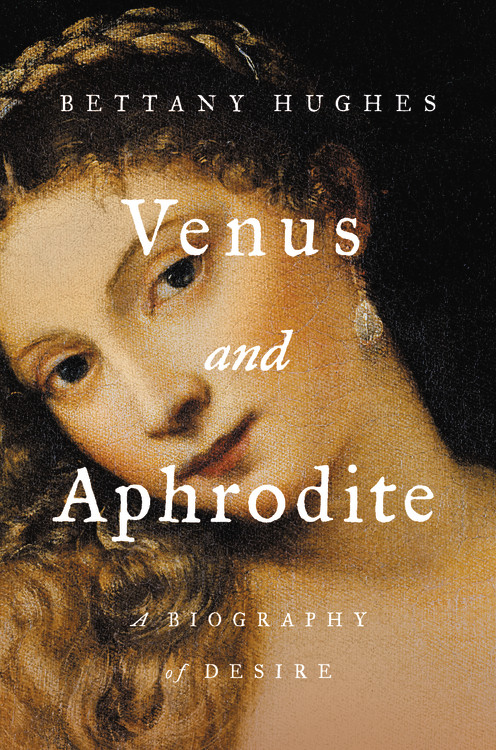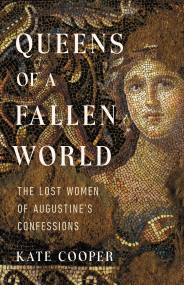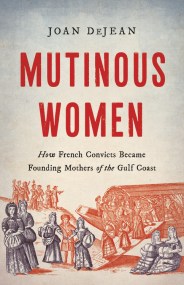Promotion
Use code MOM24 for 20% off site wide + free shipping over $45
Venus and Aphrodite
A Biography of Desire
Contributors
Formats and Prices
Price
$27.00Price
$34.00 CADFormat
Format:
- Hardcover $27.00 $34.00 CAD
- ebook $12.99 $16.99 CAD
- Audiobook Download (Unabridged)
- Trade Paperback $18.99 $24.99 CAD
This item is a preorder. Your payment method will be charged immediately, and the product is expected to ship on or around September 22, 2020. This date is subject to change due to shipping delays beyond our control.
Also available from:
A cultural history of the goddess of love, from a New York Times bestselling and award-winning historian.
Aphrodite was said to have been born from the sea, rising out of a froth of white foam. But long before the Ancient Greeks conceived of this voluptuous blonde, she existed as an early spirit of fertility on the shores of Cyprus — and thousands of years before that, as a ferocious warrior-goddess in the Middle East. Proving that this fabled figure is so much more than an avatar of commercialized romance, historian Bettany Hughes reveals the remarkable lifestory of one of antiquity’s most potent myths.
Venus and Aphrodite brings together ancient art, mythology, and archaeological revelations to tell the story of human desire. From Mesopotamia to modern-day London, from Botticelli to Beyoncé, Hughes explains why this immortal goddess continues to entrance us today — and how we trivialize her power at our peril.
Genre:
-
“Bettany Hughes is out to convince you that the face of Venus familiar to us today—simultaneously salacious and saccharine—conceals a much darker and more complex character… Ms. Hughes’s book packs real punch, particularly when she turns to the ways in which this ferocious goddess has been domesticated.”Wall Street Journal
-
"In this lively, wide-ranging book, Hughes paints a portrait of a darker Venus, a violent, vengeful 'shape-shifting' Venus, with salt in her hair and surf at her feet."The Times
-
"An intriguing tale that tracks the gorgeous and omnipresent Venus of western civilisation back 6,000 years ... engrossing."The Spectator
-
"A marvellous biography of a goddess that delves beneath her passive modern image."BBC History Magazine
-
"This is a thoroughly enjoyable history of Venus, the goddess of love, and her many manifestations throughout history. From antiquity through modern day, historian Hughes artfully weaves together elements of myth, history, religion, philosophy, literature, art, and pop culture to demonstrate this deity's centuries-long impact... Fun and fascinating..."Booklist
-
"Informative and entertaining."Publishers Weekly
-
"Quick paced, insightful, and often times humorous, this newest work by Hughes is an approachable look at the ancient legacy of the goddess, Aphrodite-Venus. The author provides an impressive exploration of over 4,000 years of human history, as well as the relationship between the goddess and the collective human psyche."Library Journal
- On Sale
- Sep 22, 2020
- Page Count
- 208 pages
- Publisher
- Basic Books
- ISBN-13
- 9781541674233
Newsletter Signup
By clicking ‘Sign Up,’ I acknowledge that I have read and agree to Hachette Book Group’s Privacy Policy and Terms of Use







